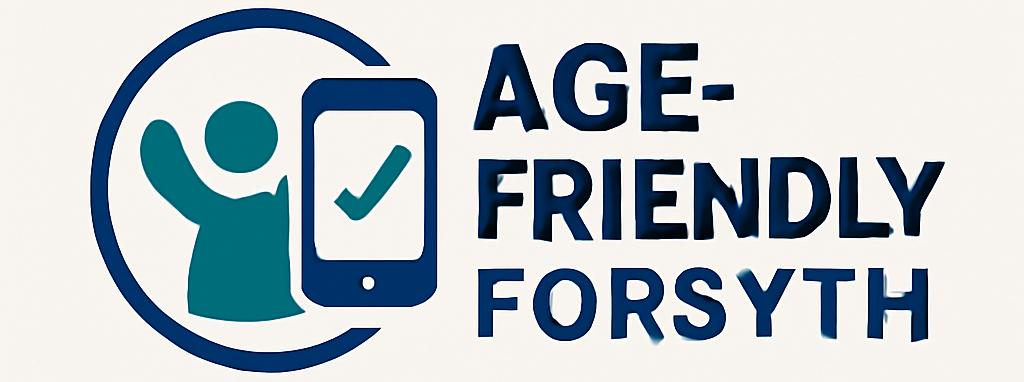Initiating communication on an Android device typically involves an incoming ringtone and a visual notification on the screen. A common method involves tapping an on-screen button, often depicted as a phone icon or a button labeled “Answer.” An alternative method entails swiping a visual element across the display in a designated direction. The precise mechanism may vary based on the specific Android version, device manufacturer customizations, and installed applications.
Successfully connecting to an incoming communication allows users to engage in real-time conversation, manage urgent matters, and maintain personal or professional relationships. The fundamental capability of receiving and accepting voice calls remains a crucial function of mobile devices. This capability has evolved from basic analog systems to sophisticated digital networks, providing enhanced clarity and supplementary features.
